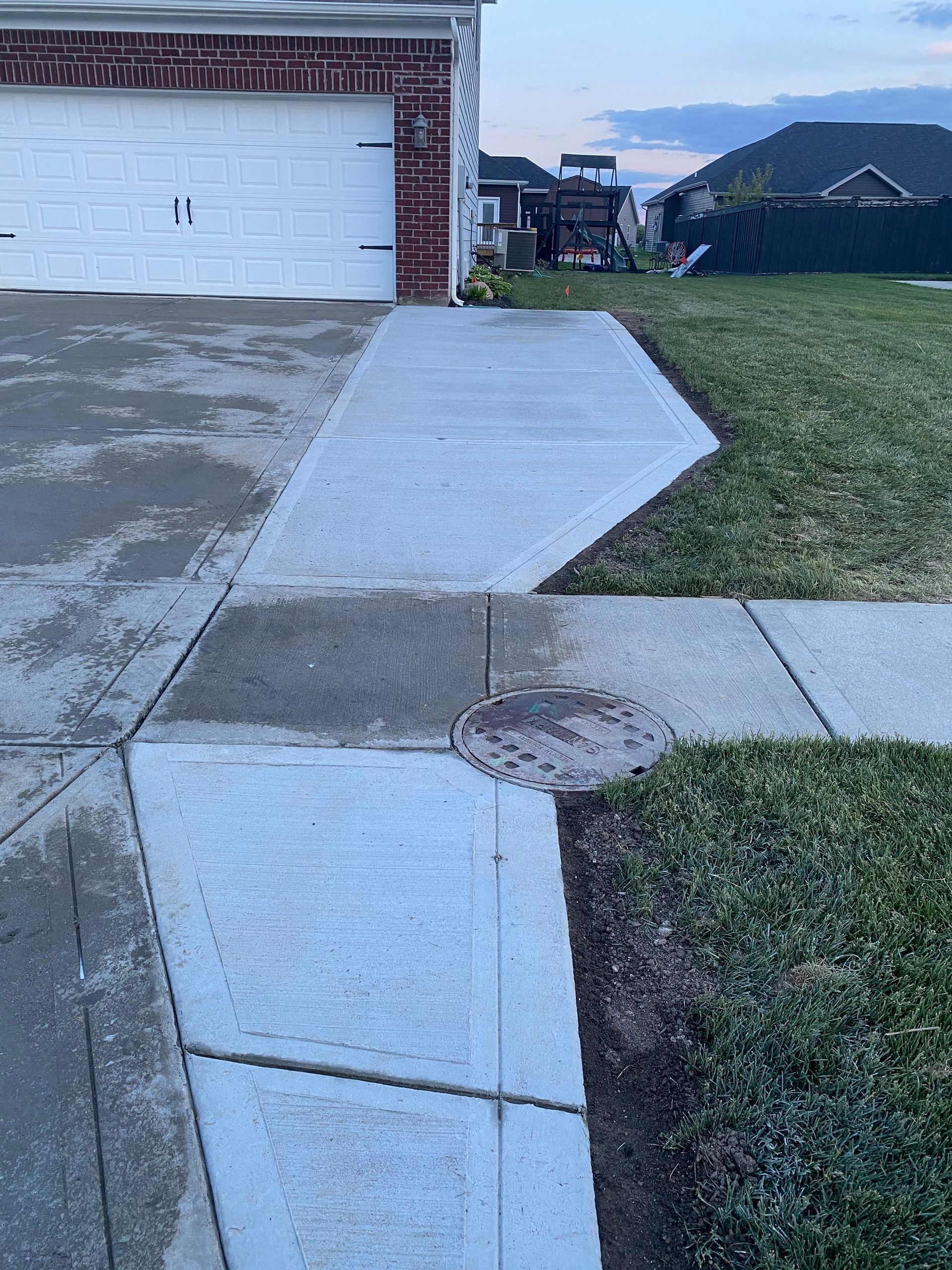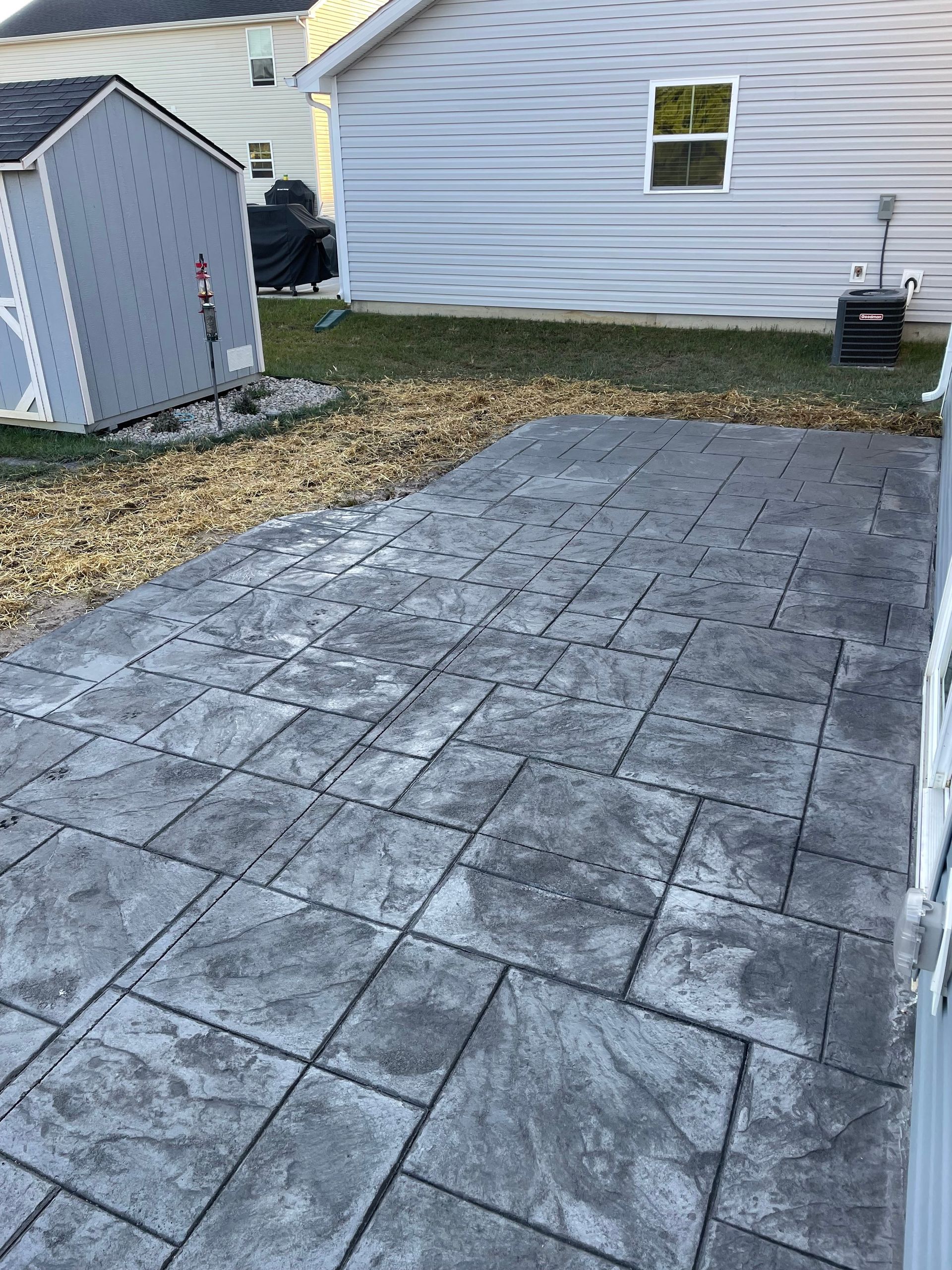Learning Center
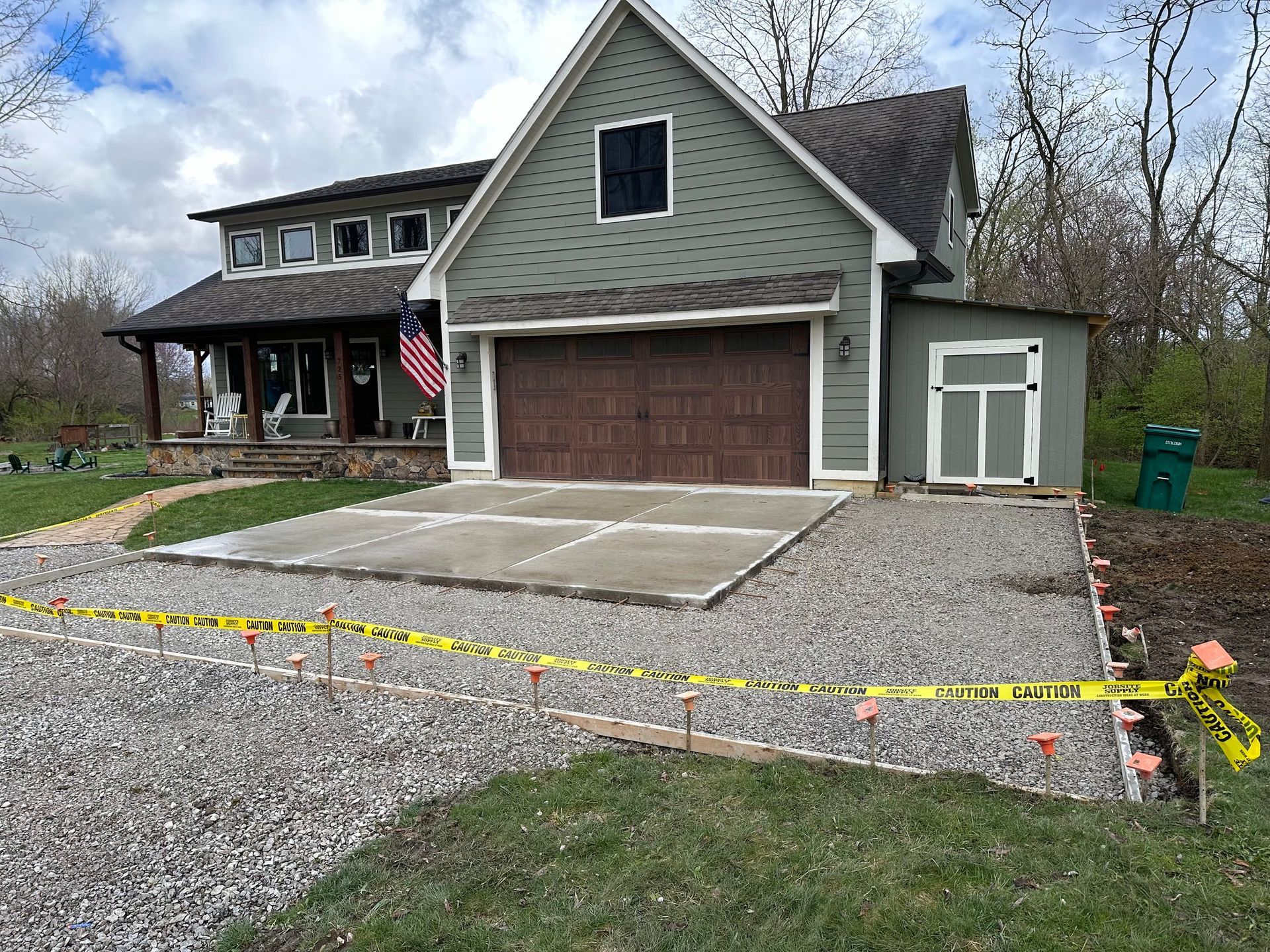
By Ben Forsythe
•
April 17, 2024
Preparing for laying concrete involves several crucial steps to ensure a durable and long-lasting foundation. Firstly, the site must be thoroughly excavated to the required depth, typically determined by the type of structure being built and the soil conditions. This excavation process involves removing any organic materials, debris, and unstable soil layers to create a stable base for the concrete.
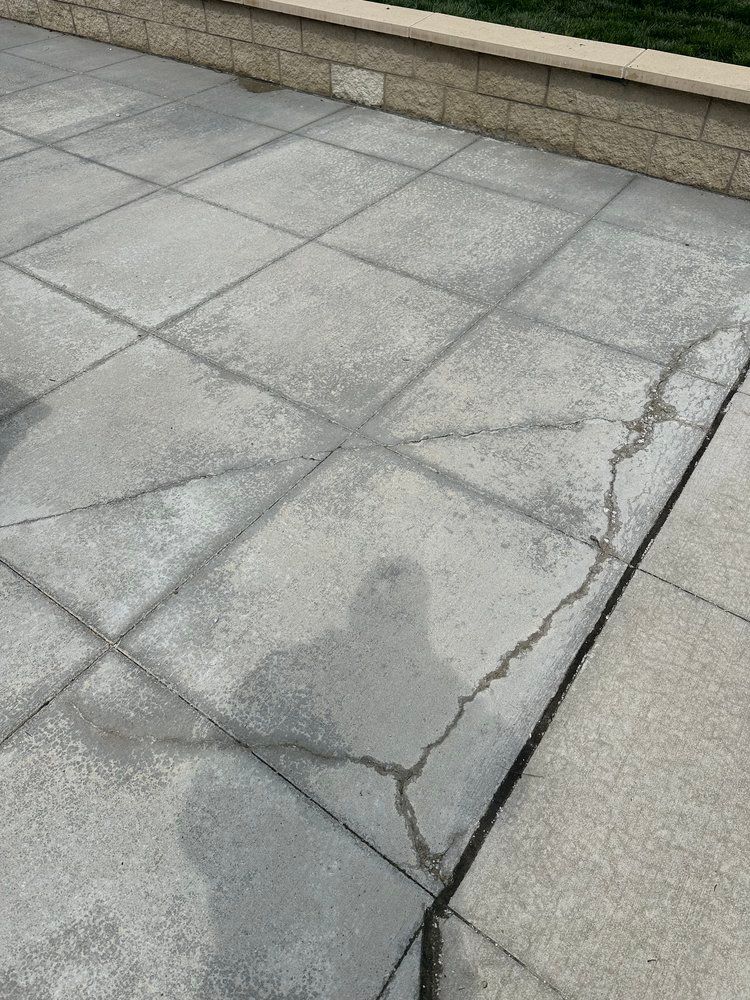
By Ben Forsythe
•
April 17, 2024
Concrete, renowned for its durability and strength, is a staple material in construction projects worldwide. However, one common issue that homeowners and builders encounter is the occurrence of cracks in concrete surfaces. Understanding why concrete cracks is essential for effectively managing and preventing this issue.
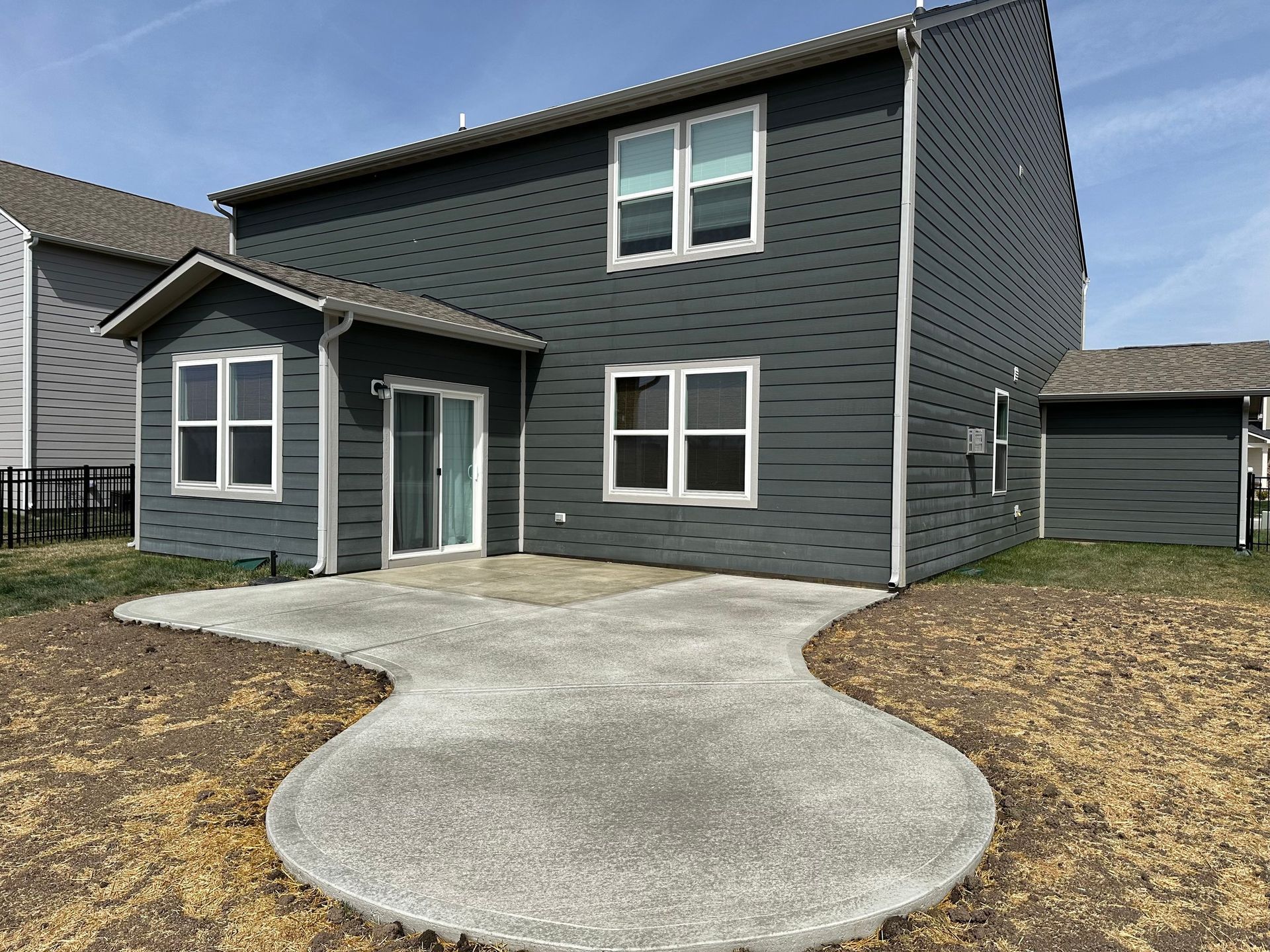
By Ben Forsythe
•
April 14, 2024
Expanding your patio is a game-changer, especially when it comes to newly built homes where outdoor spaces are often limited. These small patios barely provide enough room to comfortably accommodate a grill, let alone create space for kids to play or for you to relax outdoors. However, by extending your patio, you can unlock the full potential of your outdoor area and create a versatile space that caters to all your needs.
By Ben Forsythe
•
April 14, 2024
PoreShield emerges as a standout choice for sealing driveways and patios, offering a comprehensive solution to protect and enhance concrete surfaces. Unlike traditional sealants, PoreShield penetrates deep into the pores of concrete, forming a durable barrier that repels water, oil, and other contaminants. This advanced technology not only seals the surface but also strengthens the concrete from within, reducing the risk of cracking and spalling caused by moisture intrusion. With PoreShield, homeowners can rest assured that their driveways and patios are shielded against the damaging effects of weather, chemicals, and everyday wear and tear.

By Ben Forsythe
•
April 13, 2024
When it comes to concrete flatwork, saw cut joints and tooled joints are two common methods used to control cracking and create clean lines in the surface. Saw cut joints are made using specialized equipment that cuts through the concrete after it has cured, typically within the first 24 to 72 hours. These joints are precise and provide a clean, straight edge that helps control where the concrete will crack as it shrinks during the curing process. Saw cut joints are especially beneficial for large expanses of concrete, such as driveways or sidewalks, where control joints are necessary to prevent random cracking and maintain structural integrity.
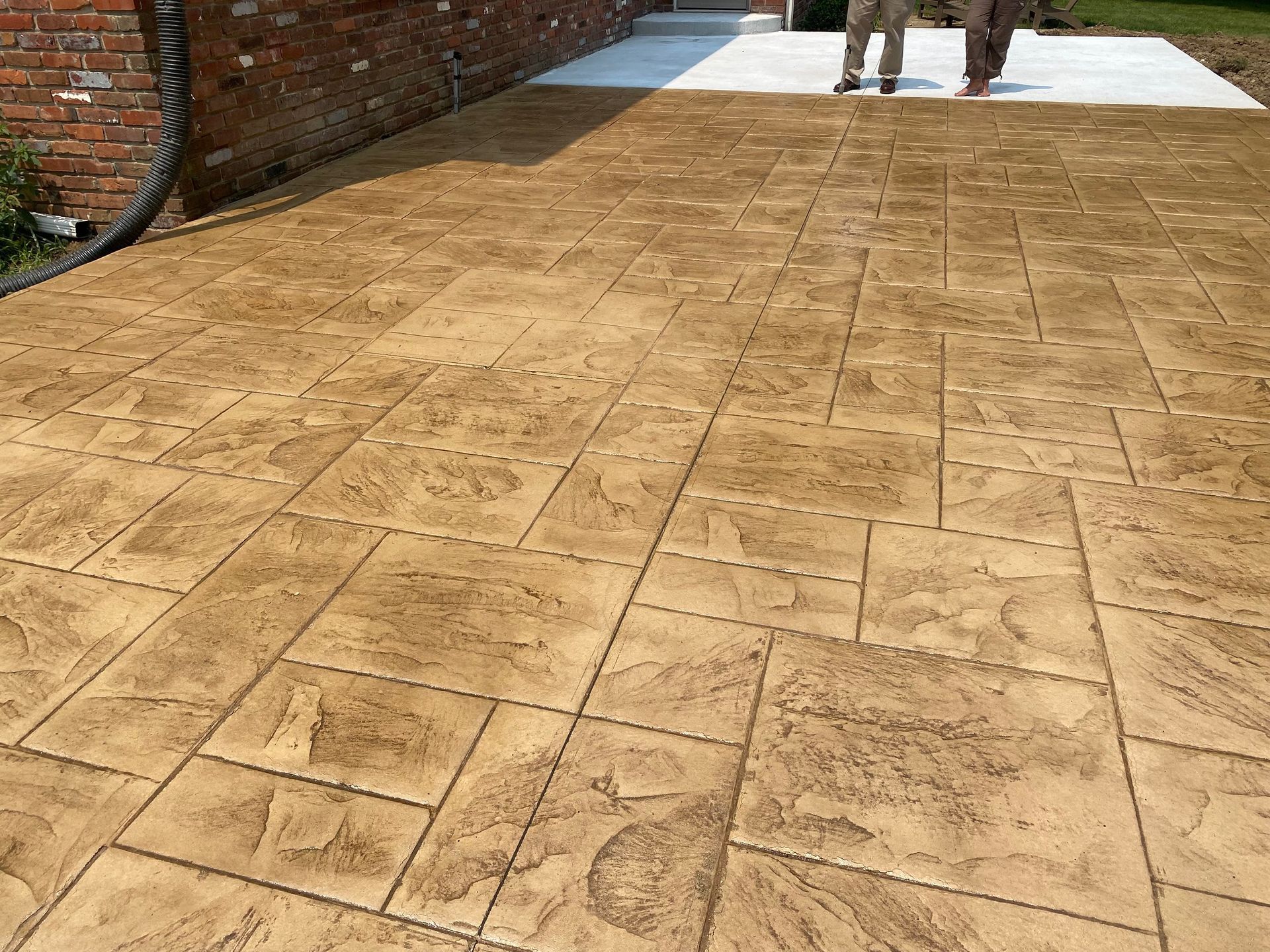
By Ben Forsythe
•
April 13, 2024
For homeowners looking to transform their outdoor space into a functional and aesthetically pleasing area, concrete patio ideas offer a versatile and durable solution. One approach is to incorporate stamped concrete, which can mimic the appearance of natural stone, brick, or even wood, providing a customizable look without the expense of traditional materials. Stamped concrete allows for a range of design options, from intricate patterns to simple textures, making it suitable for various architectural styles and personal preferences. Additionally, homeowners can enhance their concrete patio with color additives or stains, adding depth and character to the surface.
By Ben Forsythe
•
March 26, 2023
Maintaining a concrete patio is essential if you wish to keep it looking nice and in good condition for years to come. A concrete patio can provide a wonderful outdoor space for entertaining and relaxing, but you need to make sure that you take the time to maintain it properly. In this blog post, we’ll discuss the steps necessary for successful maintenance of your concrete patio.
By Ben Forsythe
•
March 26, 2023
Patio projects can vary in complexity, with concrete installation taking anywhere from one day to a week. The time it takes to complete the project will depend on the scope of work, tools being used, weather, and access to the worksite and materials. For example, if you have a large deck, patio, or other existing infrastructure, the timeline for demolition can be extended an extra day, although more than that would be considered out of the ordinary. Concrete pouring, meanwhile, should require some preparation and setup regardless of how small or large the area is. This can involve laying rebar for support along with other objects such as gravel for drainage before applying the concrete itself. Ultimately, no matter what type of patio project you have in mind, there’s a good chance it could be completed within a week as long as weather cooperates and you’ve hired an experienced contractor.

